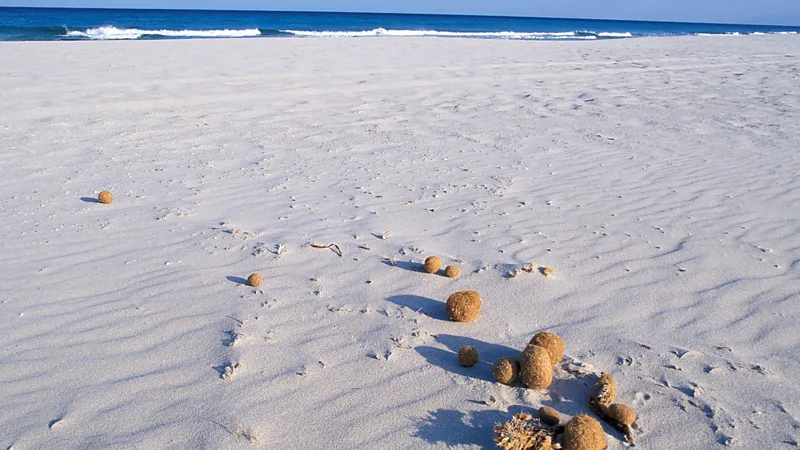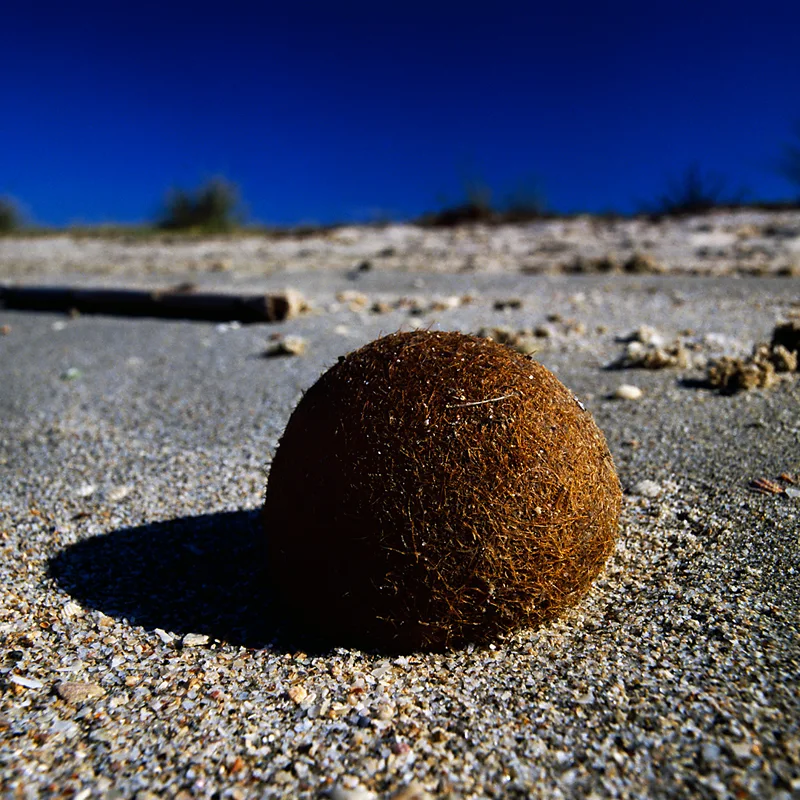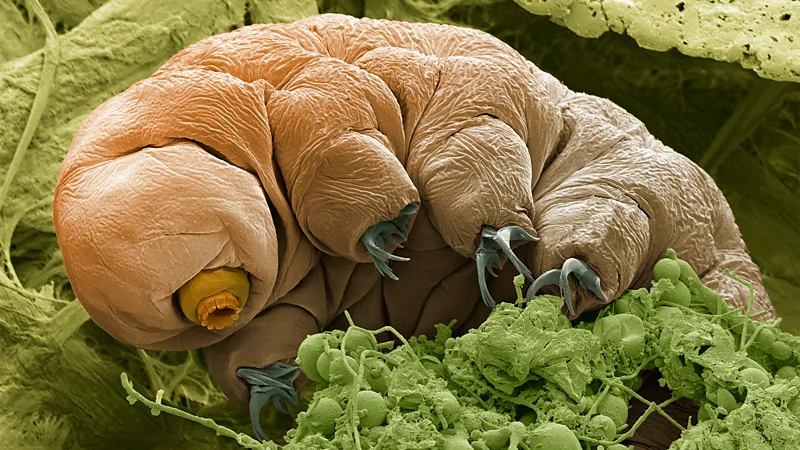
Beaches across the Mediterranean are witnessing a strange phenomenon: plastic-filled Neptune balls washing ashore. These fibrous, round bundles of seagrass, known scientifically as Posidonia oceanica, are naturally formed in the sea — but researchers say they’re now carrying alarming amounts of human-made plastic waste.
Scientists warn this is not a “solution” to ocean pollution, but rather nature’s way of returning the trash we dumped into the sea.
What Are Neptune Balls?
Neptune balls are compact, spongy bundles formed when seagrass sheds its fibrous leaves each autumn. Traditionally, they have been used for everything from bedding to insulation in Mediterranean cultures.
But researchers from the University of Barcelona recently discovered that these natural structures are now trapping microplastics and other debris in the ocean, only to release them later when waves push them ashore.
“It’s like the sea is giving us back what never belonged there,” explained Anna Sanchez-Vidal, who led the study.
How They Trap Plastic
- Seagrass meadows slow down water currents, which helps them absorb carbon and provide shelter for marine life.
- Unfortunately, this same process allows plastic particles — from bags, bottles, nets, and wipes — to get tangled in the fibrous leaves.
- When Neptune balls form, they bundle up the plastic, creating tightly packed spheres.
A single kilogram of Neptune balls has been found to contain up to 1,500 plastic fragments. Researchers estimate that nearly 900 million plastic particles could be removed from the Mediterranean each year through this natural process.
Plastic Pollution at Sea
Plastic pollution is one of the greatest threats facing the ocean today. Studies suggest that between 1.15 and 2.41 million tonnes of plastic flow from rivers into seas annually. Once in the ocean, microplastics can:
- Enter the food chain, affecting fish and shellfish.
- Harm human health by disrupting hormones and damaging organs.
- Damage fragile marine ecosystems, such as coral reefs and seagrass beds.
While Neptune balls may trap some of this waste, experts stress they are not a long-term solution.
Leave Neptune Balls on the Beach
When Neptune balls wash up on beaches, many tourists mistake them for waste and throw them away. Sanchez-Vidal urges people to leave them in place.
“The balls return nutrients and humidity to the beach ecosystem. Removing them only destroys this natural cycle,” she said.
In other words, Neptune balls are part of the beach’s protective shield — not trash.
Seagrass Meadows in Danger
At the same time, seagrass meadows themselves are under threat. Global seagrass coverage has declined by nearly 30% since the late 19th century, due to:
- Pollution and poor water quality
- Coastal development
- Rising sea temperatures
- Invasive species
In the Mediterranean, Posidonia oceanica is increasingly vulnerable to industrial waste and climate-driven heatwaves. Without protection, the very plants that help filter our oceans may disappear.
Ongoing Restoration Efforts
Despite the challenges, conservation projects are working to protect seagrass:
- In Spain’s Bay of Pollença, the Marine Forest project is replanting seagrass beds.
- In Sicily and Malta, citizen scientists are joining the Posidonia Gardeners initiative to monitor and restore underwater meadows.
These efforts highlight how critical seagrasses are — not only for marine biodiversity but also for coastlines and climate resilience.
The Real Solution
While the discovery of plastic-filled Neptune balls shows the resilience of nature, experts emphasize one clear point: we must stop plastic from entering the ocean in the first place.
That means:
- Reducing plastic production
- Recycling more effectively
- Cutting down single-use plastics
- Supporting stronger international policies on waste management
Conclusion
Neptune balls may seem like nature’s clever way of cleaning the sea, but scientists caution against seeing them as a fix. They are a warning sign of how much plastic is choking our oceans.
Unless global action is taken to reduce plastic pollution at its source, these eerie bundles of seagrass will keep washing up on our beaches — silent messengers of the damage we continue to cause.


